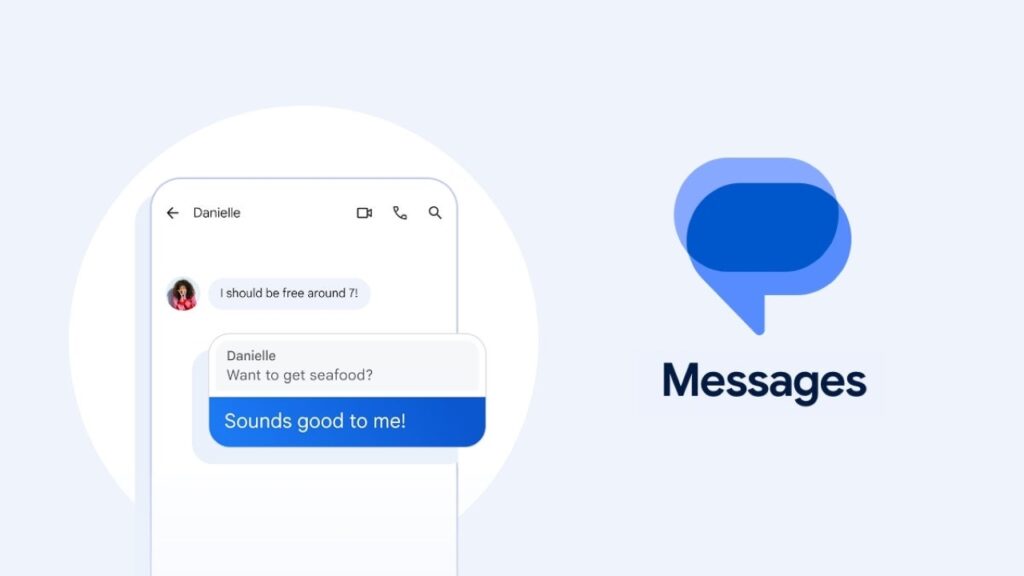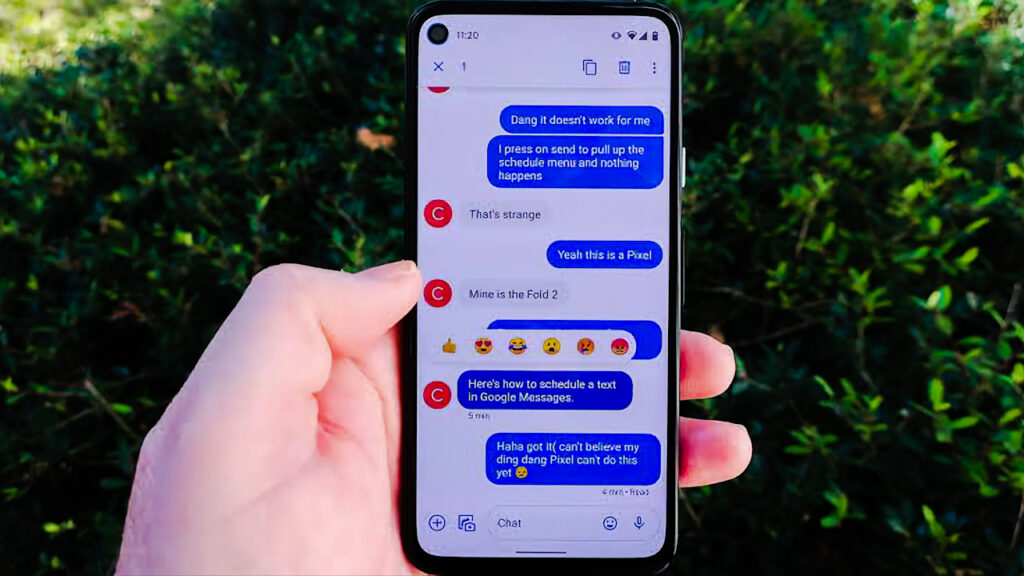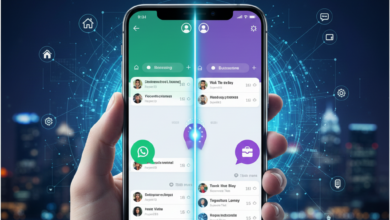Now You Can Send Sms Even If There Is No Network! Here Is The Satellite Feature Of Google Messages
Google Messages will enable Android users to send SMS even in off-grid areas via a satellite connection.

Google Messages is testing a new feature that allows Android users to send SMS via a satellite connection, even in areas without a network or Wi-Fi connection. This feature is available to some users using the Android 15 beta. Here are the details
Google Messages Android 15 Beta tests sending SMS via satellite
Google Messages’ ability to send SMS via satellite link will be an important communication tool, especially for people in remote or isolated areas. Google is testing a new feature that will allow Android users to send text messages over satellite links. This new feature will make communication easier in remote areas where there is no network or Wi-Fi signal.

This discovery was made in Android 15 Beta version 20240329_01_RC00 of the Google Messages app. The program code indicates that this satellite connection can be established via NTN (Non-terrestrial network). However, this feature will only be available for text messages; sending photos and videos will not be possible.
There can also be delays in sending messages. Nevertheless, satellite connectivity could be vital, especially in emergencies, by enabling messages to be sent in areas where there is no signal. However, as this satellite SMS feature is still in the testing phase, we’ll have to wait for an official announcement before we know more about its widespread rollout and how it works.
Google Messages’ new satellite SMS feature is expected to be available with the release of Android 15, if it receives final approval. Some developers have received a “Automatically connected to satellite” notification after accessing Android 15.

This feature demonstrates Google’s commitment to technological innovation and accessibility and hints at the future of the Android ecosystem. This satellite SMS sending feature in Google Messages for Android could expand communication capabilities in remote or rural areas where mobile networks and Wi-Fi are not available.
This innovation could be a life-saving tool, especially in emergencies and natural disasters. In addition, the integration of this technology with Android 15 could mark the beginning of a new era in mobile communications technology and offer users a wider range of connectivity.






